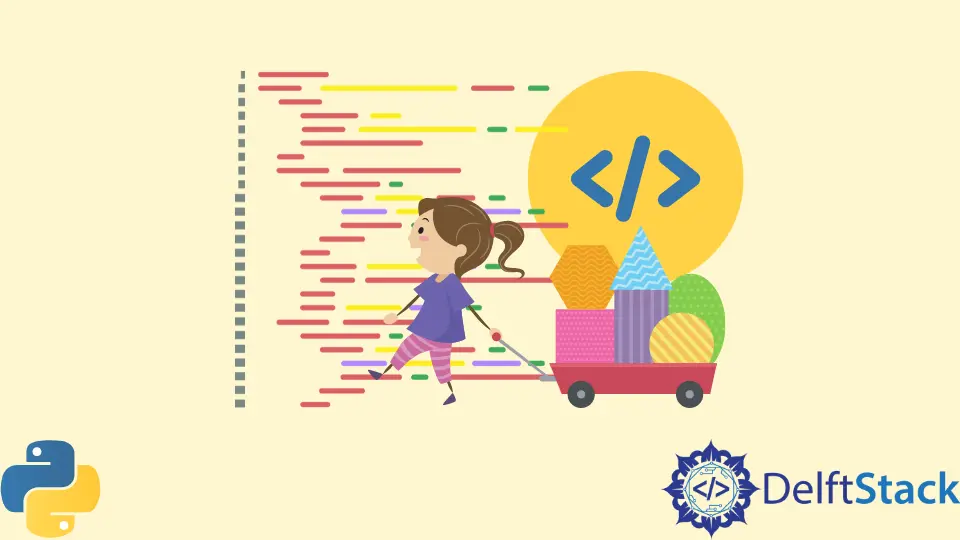Class Property in Python

In the world of Python programming, the concept of class properties plays a vital role in encapsulating data. By using getters and setters, developers can control access to class attributes, ensuring they are modified in a safe and predictable manner.
This tutorial will guide you through the process of creating class properties in Python, showcasing how to implement getters and setters effectively. Whether you are a beginner or an experienced programmer, understanding class properties can enhance your coding practices and lead to cleaner, more maintainable code. Let’s dive in and explore the world of class properties in Python.
Understanding Class Properties
Class properties in Python provide a way to manage access to an object’s attributes. By using the property() built-in function, you can define methods that get and set the value of an attribute. This approach allows you to impose restrictions or perform additional actions when an attribute is accessed or modified.
Creating a Basic Class with Getters and Setters
To illustrate the concept, let’s create a simple class that represents a Person. This class will have a private attribute _name, and we will use a getter and a setter to access and modify this attribute.
class Person:
def __init__(self, name):
self._name = name
@property
def name(self):
return self._name
@name.setter
def name(self, value):
if not isinstance(value, str):
raise ValueError("Name must be a string")
self._name = value
In this example, the Person class has an initializer that sets the private attribute _name. The name property is defined using the @property decorator, allowing us to retrieve the value of _name. The setter method, decorated with @name.setter, ensures that only string values can be assigned to _name. If a non-string value is passed, a ValueError is raised.
Output:
Initial name: John
When we create an instance of Person and access the name property, we can see that it works as expected.
person = Person("John")
print("Initial name:", person.name)
Output:
Initial name: John
Now, if we attempt to change the name to a non-string value, we will encounter an error.
try:
person.name = 123
except ValueError as e:
print("Error:", e)
Output:
Error: Name must be a string
This example demonstrates how getters and setters can enforce rules and maintain the integrity of class attributes.
Advanced Usage of Class Properties
While the basic implementation of class properties is useful, you may want to extend their functionality further. For instance, you can include additional logic in your getter and setter methods or create computed properties that derive their value from other attributes.
Adding Computed Properties
Let’s enhance the Person class by adding an age attribute and a computed property that calculates the year of birth based on the current year.
from datetime import datetime
class Person:
def __init__(self, name, age):
self._name = name
self._age = age
@property
def name(self):
return self._name
@name.setter
def name(self, value):
if not isinstance(value, str):
raise ValueError("Name must be a string")
self._name = value
@property
def year_of_birth(self):
current_year = datetime.now().year
return current_year - self._age
In this updated class, we introduced an _age attribute and a computed property called year_of_birth. This property calculates the year of birth by subtracting the age from the current year, providing a dynamic value that updates automatically.
Output:
Year of birth: 1990
Now, let’s create an instance of Person and see how the computed property works.
person = Person("John", 33)
print("Year of birth:", person.year_of_birth)
Output:
Year of birth: 1990
This example showcases how computed properties can add valuable functionality to your classes, allowing you to derive information without directly storing it.
Conclusion
In conclusion, class properties in Python, facilitated by getters and setters, are a powerful feature that enhances data encapsulation and integrity. By using these techniques, you can control how attributes are accessed and modified, ensuring that your classes behave as intended. Whether you are creating simple classes or more complex systems, understanding class properties will significantly improve your coding practices. Embrace this knowledge, and take your Python programming skills to the next level.
FAQ
-
What are class properties in Python?
Class properties are a way to manage access to an object’s attributes using getters and setters. -
How do getters and setters work?
Getters retrieve the value of an attribute, while setters allow you to modify it, often with validation. -
Can I create computed properties in Python?
Yes, you can create computed properties that derive their value from other attributes, providing dynamic behavior. -
What happens if I try to set an invalid value using a setter?
If you attempt to set an invalid value, the setter can raise an exception, enforcing rules and maintaining data integrity. -
Are class properties specific to Python?
While the concept of properties exists in many programming languages, Python’s implementation using decorators is unique to its syntax.
Abdul is a software engineer with an architect background and a passion for full-stack web development with eight years of professional experience in analysis, design, development, implementation, performance tuning, and implementation of business applications.
LinkedIn